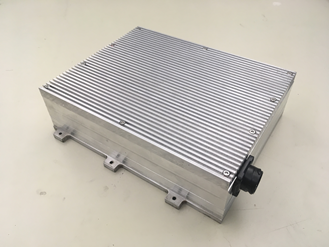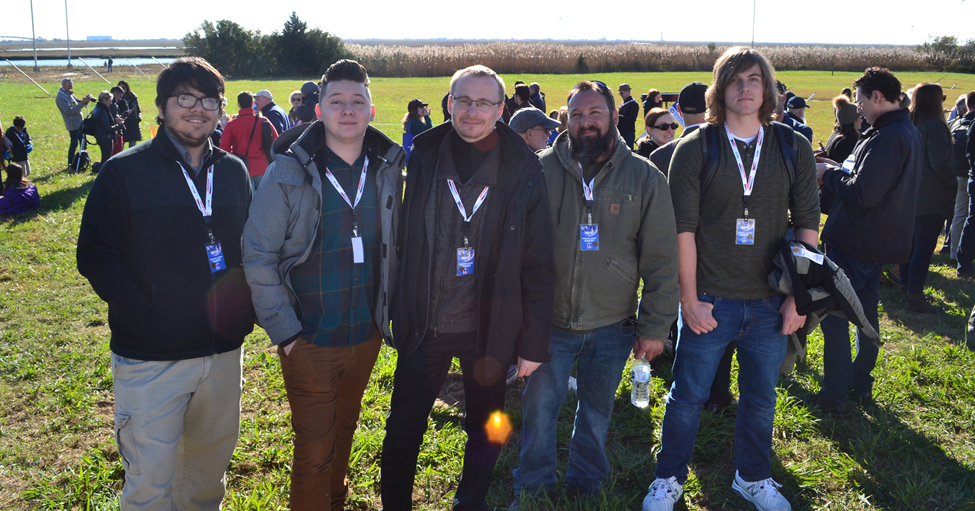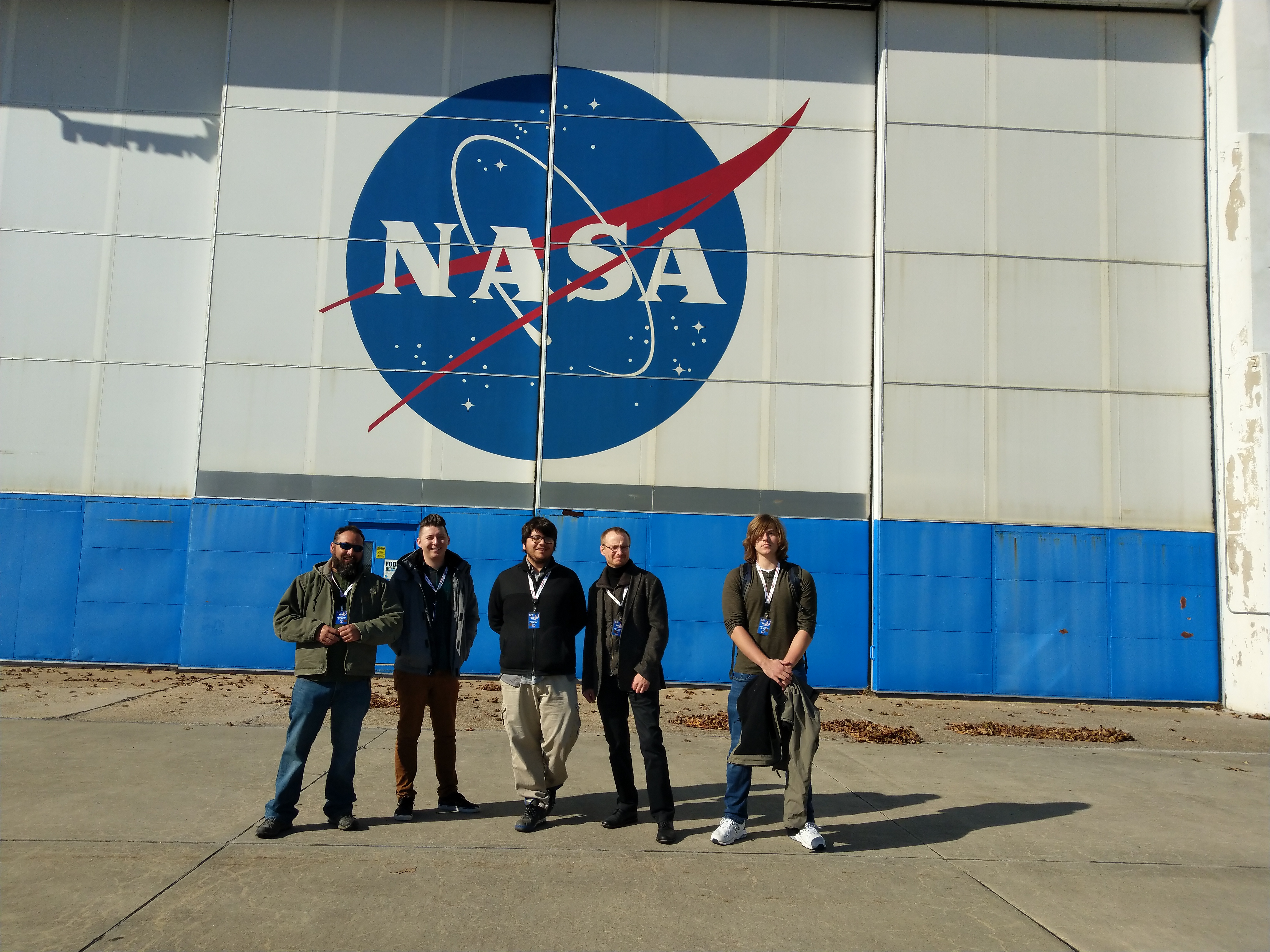Structural Health Monitoring of Spacecraft
Dec 2019

The design of space vehicles represents one of the ultimate engineering challenges. Not only must spacecraft withstand extreme forces, but they are subject to environmental hazards such as micrometeorite impacts. Structural health monitoring (SHM), a technology focused on characterization of an engineering structure’s health and damage detection, plays a valuable role in assessing the safety of space shuttles.
Dr. Andrei Zagrai, Professor of Mechanical Engineering, has been working in the area of SHM for his entire career. Funded by NASA EPSCoR, his current project will culminate in November 2019 with a payload launched on a low-earth orbit flight from SpaceX. This research focuses on development of an SHM approach for space vehicles and testing it in low Earth orbit environment aboard the ISS.

The principle behind the inspection method Zagrai and his students are implementing involves sending a sound wave through a piece of metal, and evaluating the response to determine if there are certain types of damage in the aluminum structure of the spacecraft. Sensors placed on the metal provide feedback to alert whether the structure is compromised.
In his Laboratory for Intelligent Systems and Structures, Zagrai and graduate student John Sanchez have designed wave propagation experiments that involve a dinner-sized aluminum plate. They then place different piezoelectric transducers on the plate which can act as both leaders and sensors. The experiments involve sending different signals through the plate, and simulating different types of damage in that plate. For example, they may cut notches in the plate to see how the response changes without the notch and with the notch, or they’ll loosen bolts around the payload and see how that affects response as well.
While prior research has tested these methods on suborbital flights, application of these structural health monitoring methods in low earth orbit, which is where the ISS is currently, has been left mostly unexamined. The only other experiment Zagrai’s team has been able to find was from Air Force Research Labs (which involved an NMT alum). This project will contribute to a baseline understanding of how the guided wave experiments work in space.
The structural health monitoring experiment, designed by Zagrai and Sanchez, consists of two test plates and an electronics payload compartment measuring 10.5”x7”x2.5”. Two Junior and Senior Design project teams contributed to payload design and development. The undergraduate students teams were responsible for mechanical design and fabrication of the payloads as well as some modeling efforts. Students on the teams included: Daniel Pacheco, Carl Bancroft, Arjun Tandon, Mike Underwood, Shane McKinny, Luke Byrom,
Doug MacNinch, Isaac Flores, Matthew Rue and John Sanchez have travelled to Virginia Spaceport to attend a launch of the NG-12 re-supply mission to the international space station (ISS). The payload successfully reached ISS and was installed in the MISSE platform. The return of the payload is anticipated in late 2020.

Left to right:
Isaac Flores, Matthew Rue, Dr. Andrei Zagrai, Doug MacNinch, John Sanchez

Students actively participated in communicating results of payload design, development and experimentation in a number of conference papers and presentations. The undergraduate team won a best paper award in the regional AIAA student paper competition. Two students presented their work at the IWSHM event at Stanford University and at the ASME IMECE 2019 Congress.
It is expected that the SHM system will provide real-time data on structural conditions at all stages of the spaceflight and will be used in re-certification for the next flight of commercial and government space vehicles or as a part of a “black box” for event investigations.